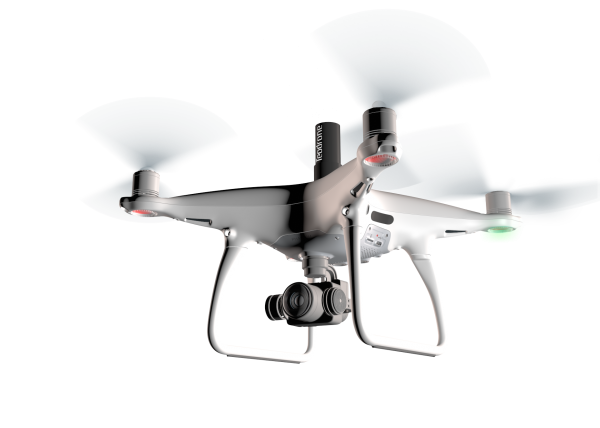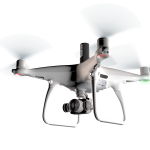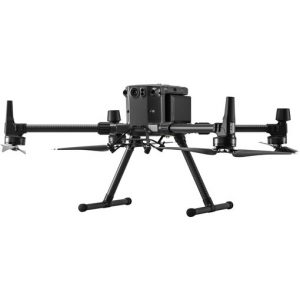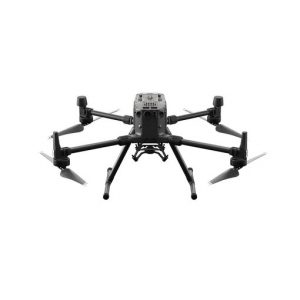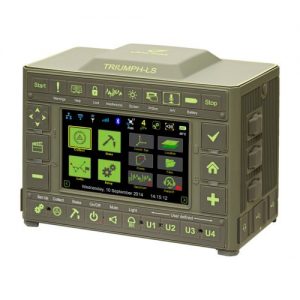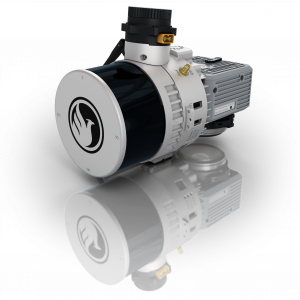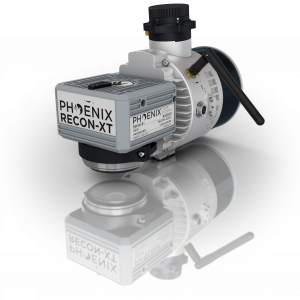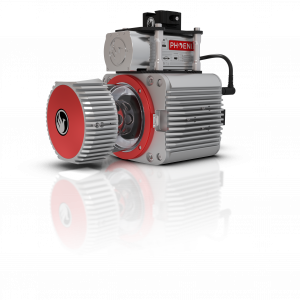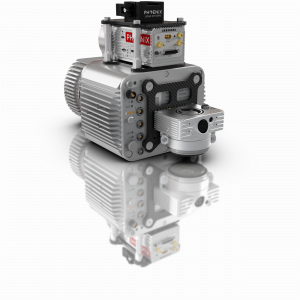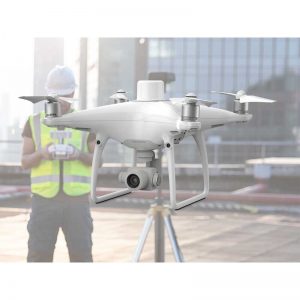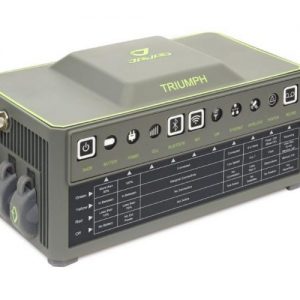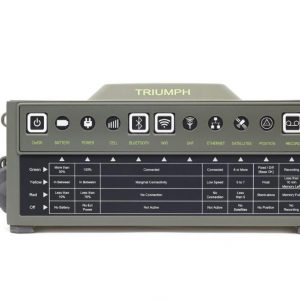#OneDayTheodrona
Theodron became the daily assistant to every surveyor associated with the AFS. I will tell you about one day of work with Theodron, or rather with two Theodron.
Once our team had a thought – what if we fly two Theodrons at the same time? One operator can cope with this task without problems, but with properly prepared routes.
For that trip, I assembled 2 Theodrons from the DJI Phantom 4 pro V2. V2 differs from its previous version in greater performance, more resistant to wind (flies and removes APS in the wind of 5-12 m / s), cruising speed 11 m / s, versus 9 m / s for a conventional prowl.
The routes were made so that the first copter flew in one direction, the second flew in the opposite direction. The length of each departure is up to 9.5 km, which provides a good supply of battery for unforeseen circumstances, such as headwind, the need for the copter to “hang” on a pause while the operator lands another copter, as well as saving battery resource – battery charge when landing with such a length flight remains about 25-35%.
The shooting was needed no worse than 6 cm / px under the M2000, so the flights were on the relief at an altitude of 160-200 meters, which provides 5-6 cm per pixel. The difference in flight altitudes at this facility is from minus 50 to plus 200 meters. The terrain is hilly. Dense forest. The road is only in the center of the object. I flew from it.
This was the second day of that trip. Sunny weather, wind 5-10 m / s, taiga, birds are singing. The beauty.
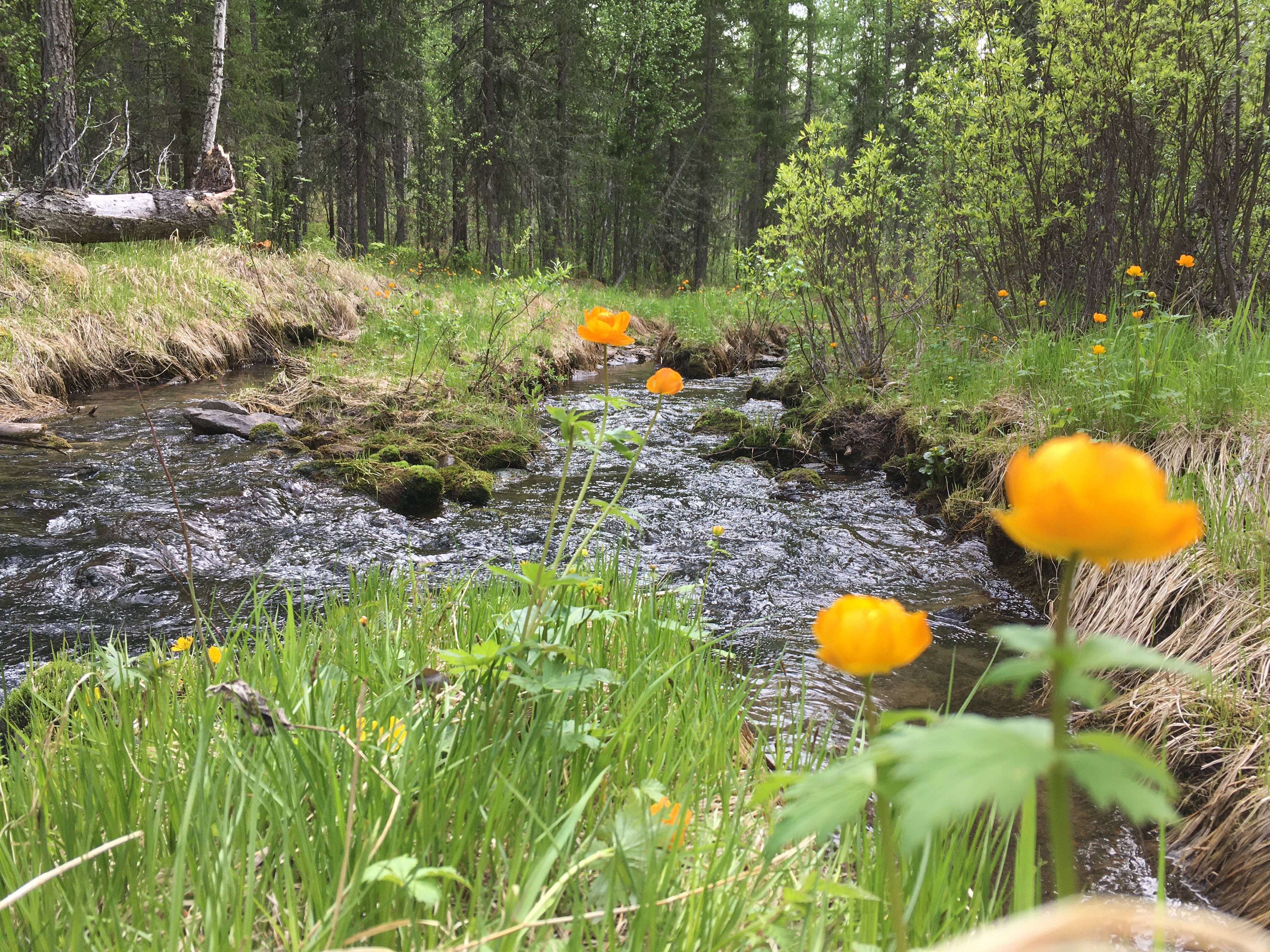
The working day began at 7:30 am with the establishment of the South base at a known point ten kilometers from the flight site. Thanks to AGNSS L1 / L2 installed in my Theodrons, the fix solution is obtained within 1.5 minutes after turning on the drone. This allows you not to waste time on “standing” for 3-4 minutes after turning on to accumulate GNSS data, as is the case with the L1 solution.
The flight algorithm for two drones is as follows: first I turn on the first copter, check its settings, lift it into the air, at this time turn on the second copter. And while the second one is initializing, the first copter goes on the route. At this time, I raise the second copter into the air and it goes on a route in the opposite direction. Below are 2 screenshots with routes in lychee:
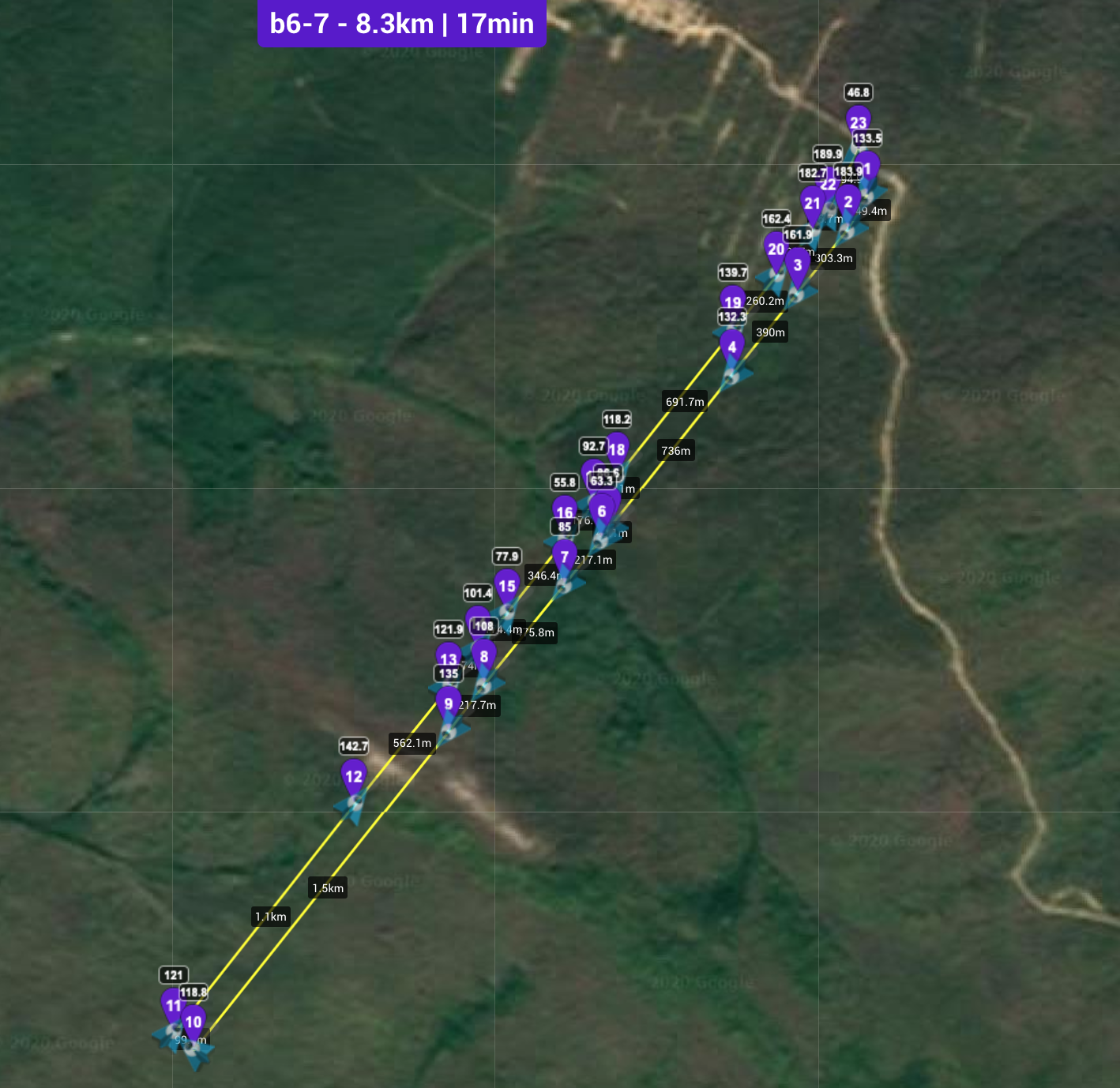
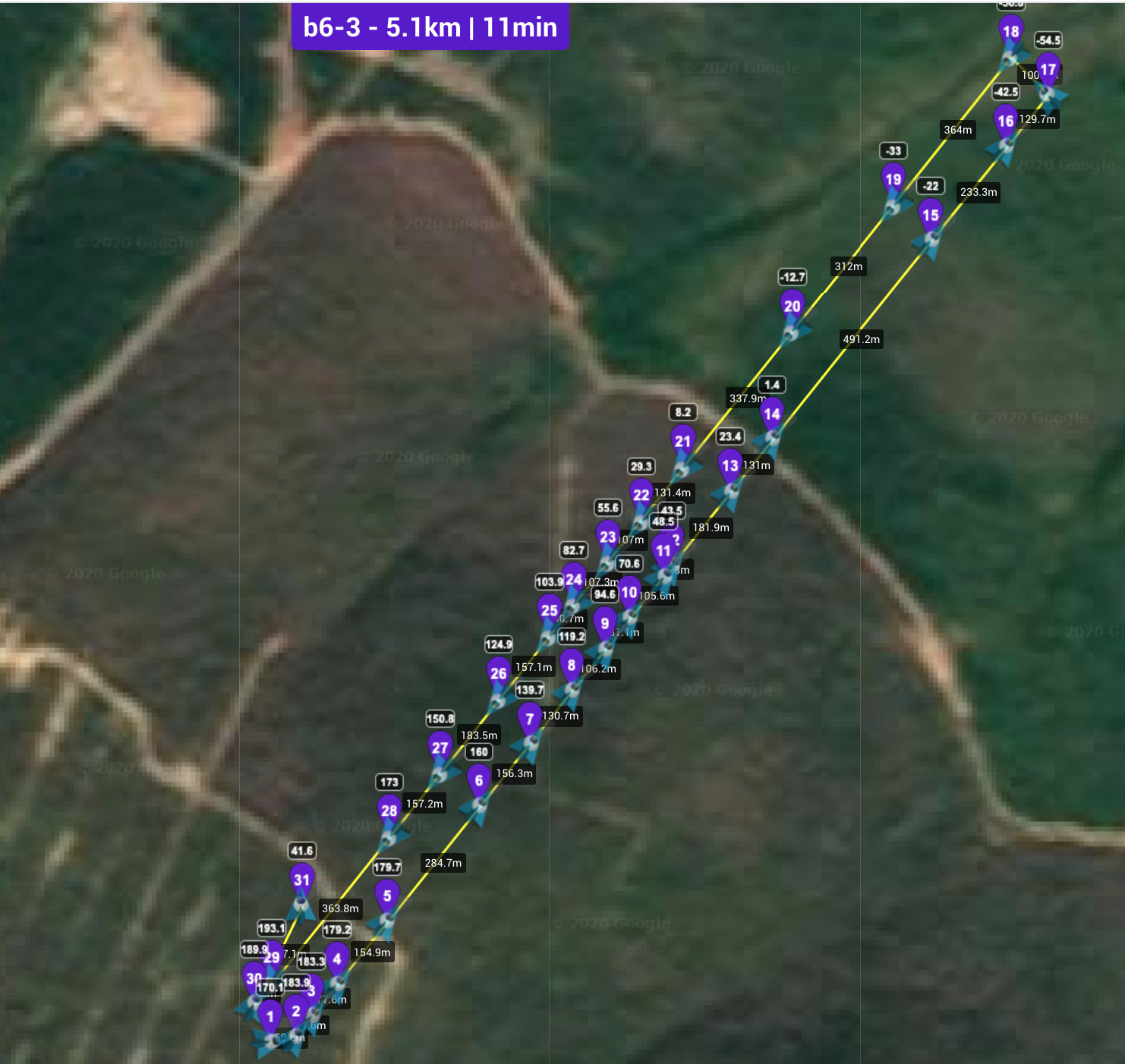
Thus, in 17-18 minutes of flight, the copters add up to 13-17 running kilometers and land with 25-45% battery remaining.
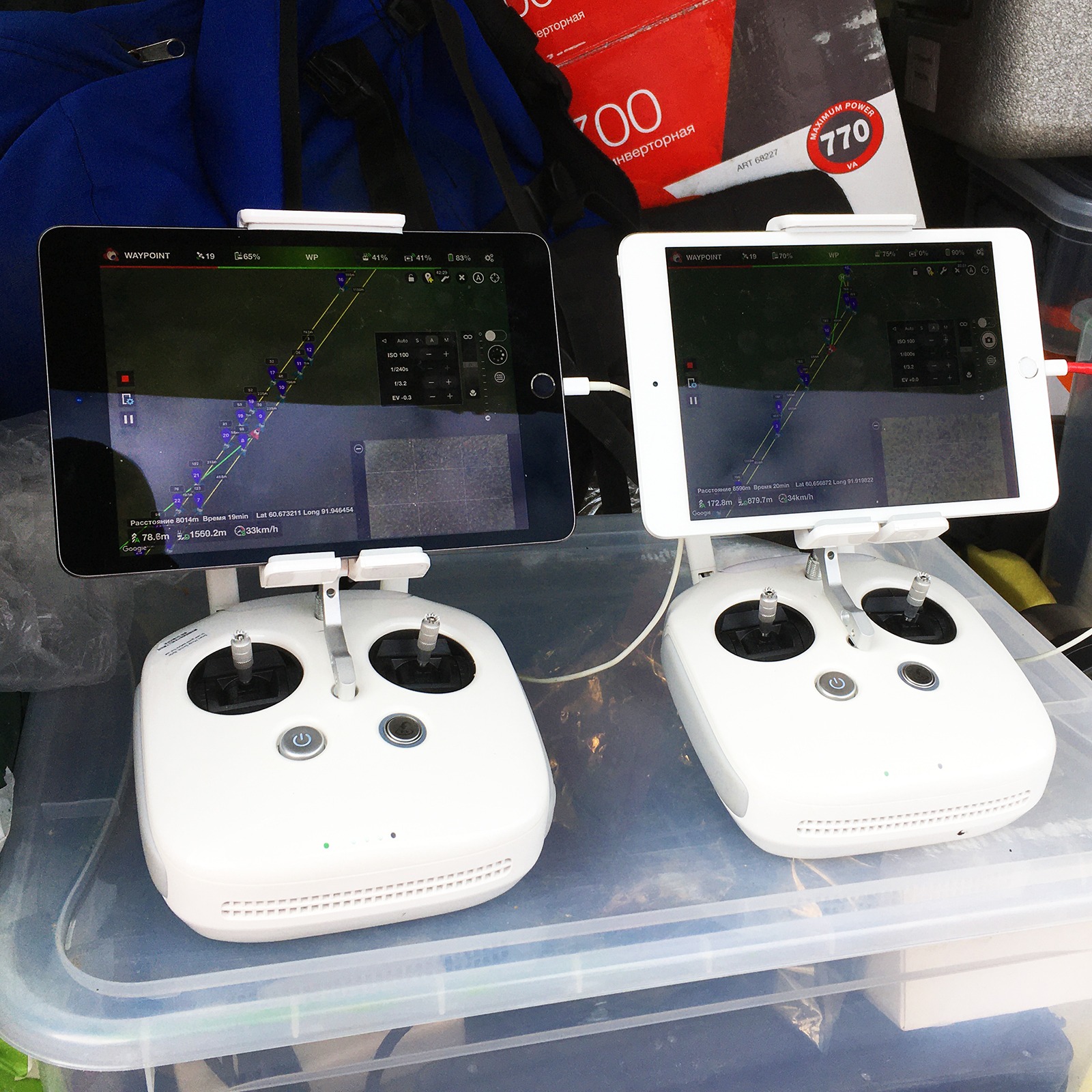
In the end, I’ll try to summarize with dry numbers:
2470 hectares were filmed in 7 hours of work by one operator. No race for the area and no tearing of the copters. Everything is calm, usually.
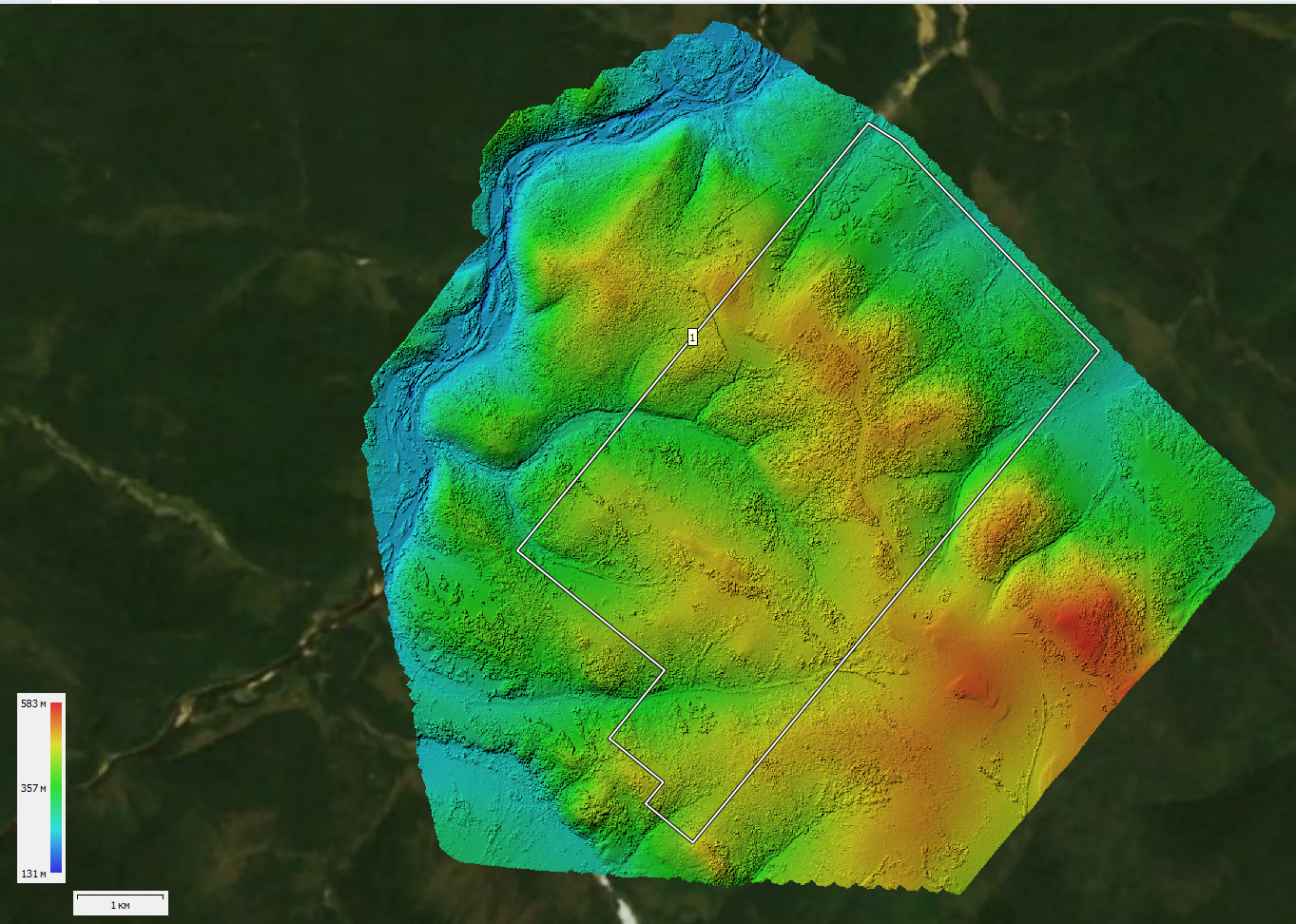
Wind from 5 to 10 m / s with gusts up to 12 m / s. This is a breeze to operate the DJI Phantom 4 pro V2, which powers the Teodrone L2.
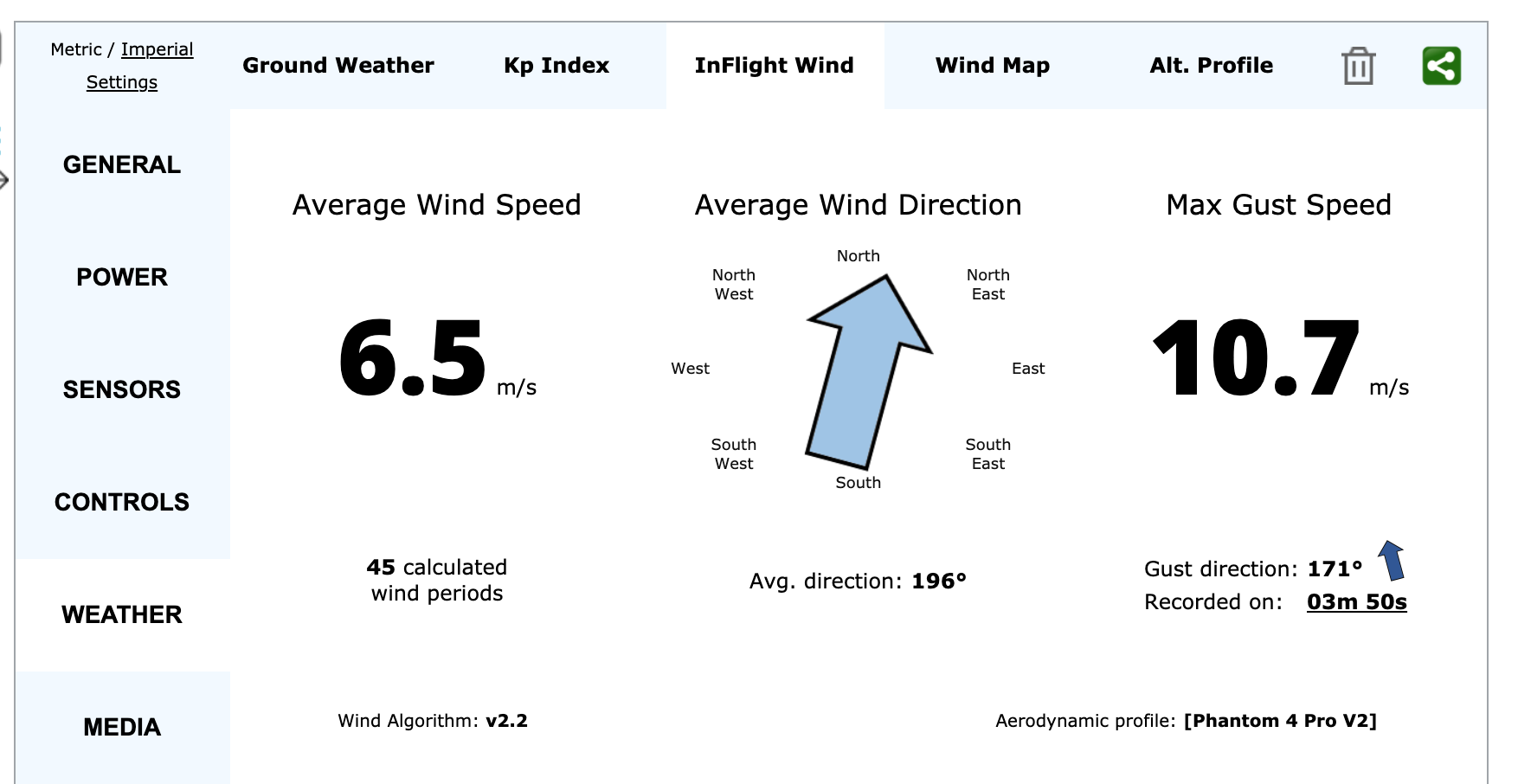
Link to the log of one flight from that day: https://app.airdata.com/share/qsUQcp
I had 18 batteries with me, which is an excess. In this flight mode, it is enough to have 12 batteries for 2 copters + 4 charges.
Working with DJI drones, the operator does not get tired physically and mentally. All settings are saved from flight to flight, there is no need to constantly control something and be distracted. Personally, I have a rest when the copters are in flight.
The new B2 provides decent radio communication even in the forest. The copters flew 4 km away and I could observe their telemetry and video images even at such a distance.
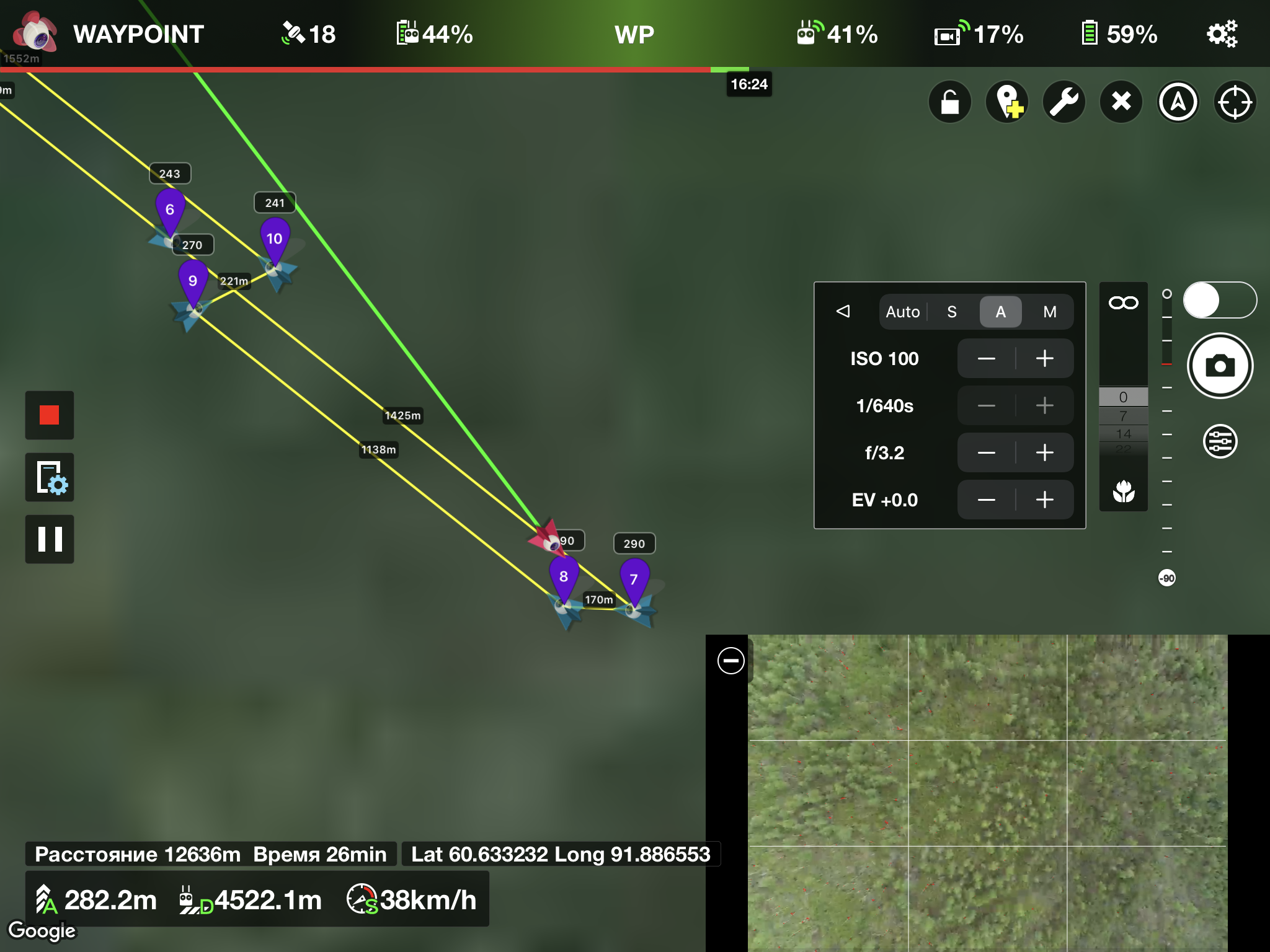
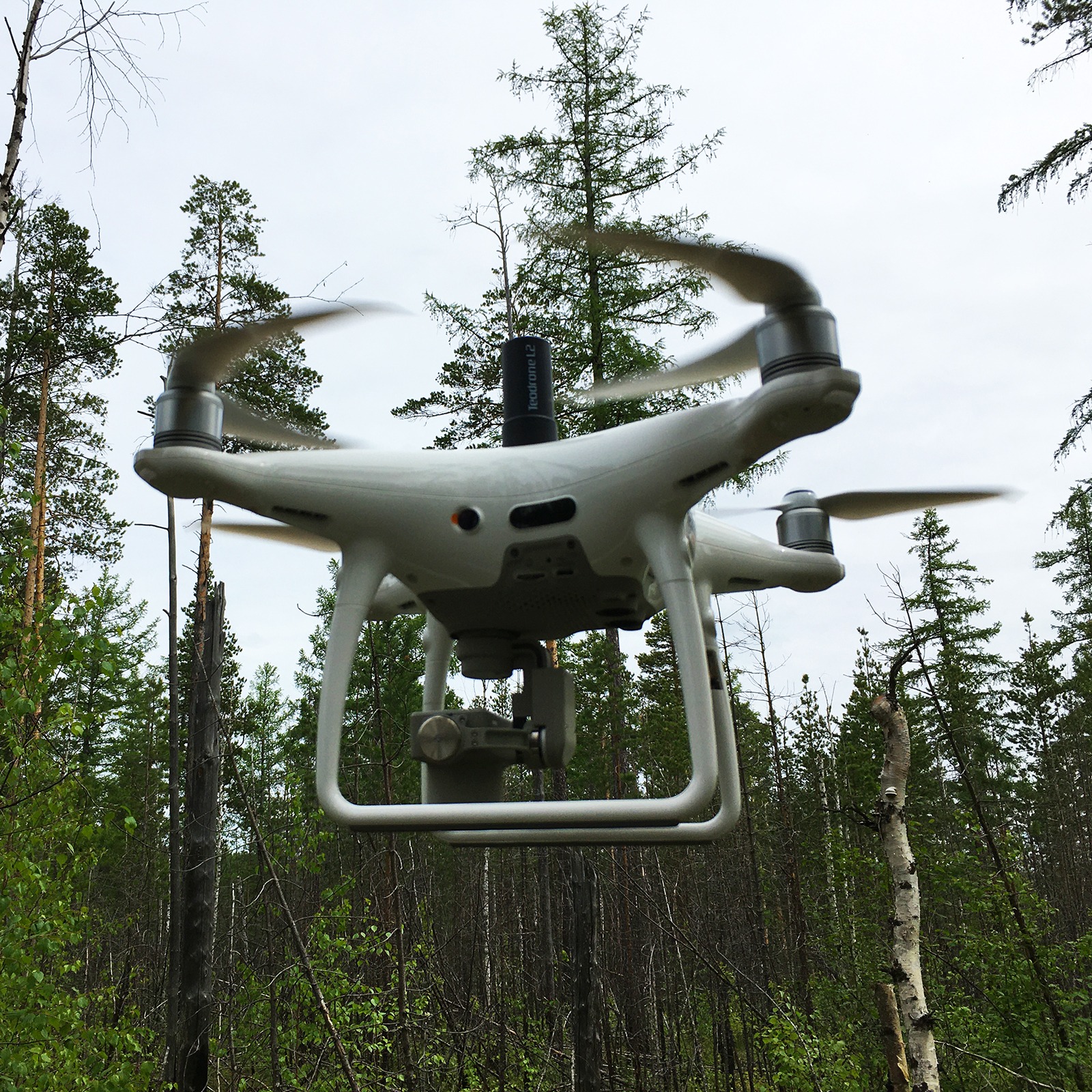
It is not difficult to calculate that shooting in this mode for 10 hours of operation will cover 2470/7 x 10 = 3520 hectares. Moreover, this area, which is taken for processing. The actual filmed area is slightly larger. We measure the area not along the boundaries of the RPF, but according to the centers of the extreme images.
The elevation difference of 250 meters significantly reduced the drone performance. The survey of flat terrain will be much more efficient and the figure of 3520 hectares for 10 hours of flights will become 4000 hectares, which is comparable to the performance of VTOL.
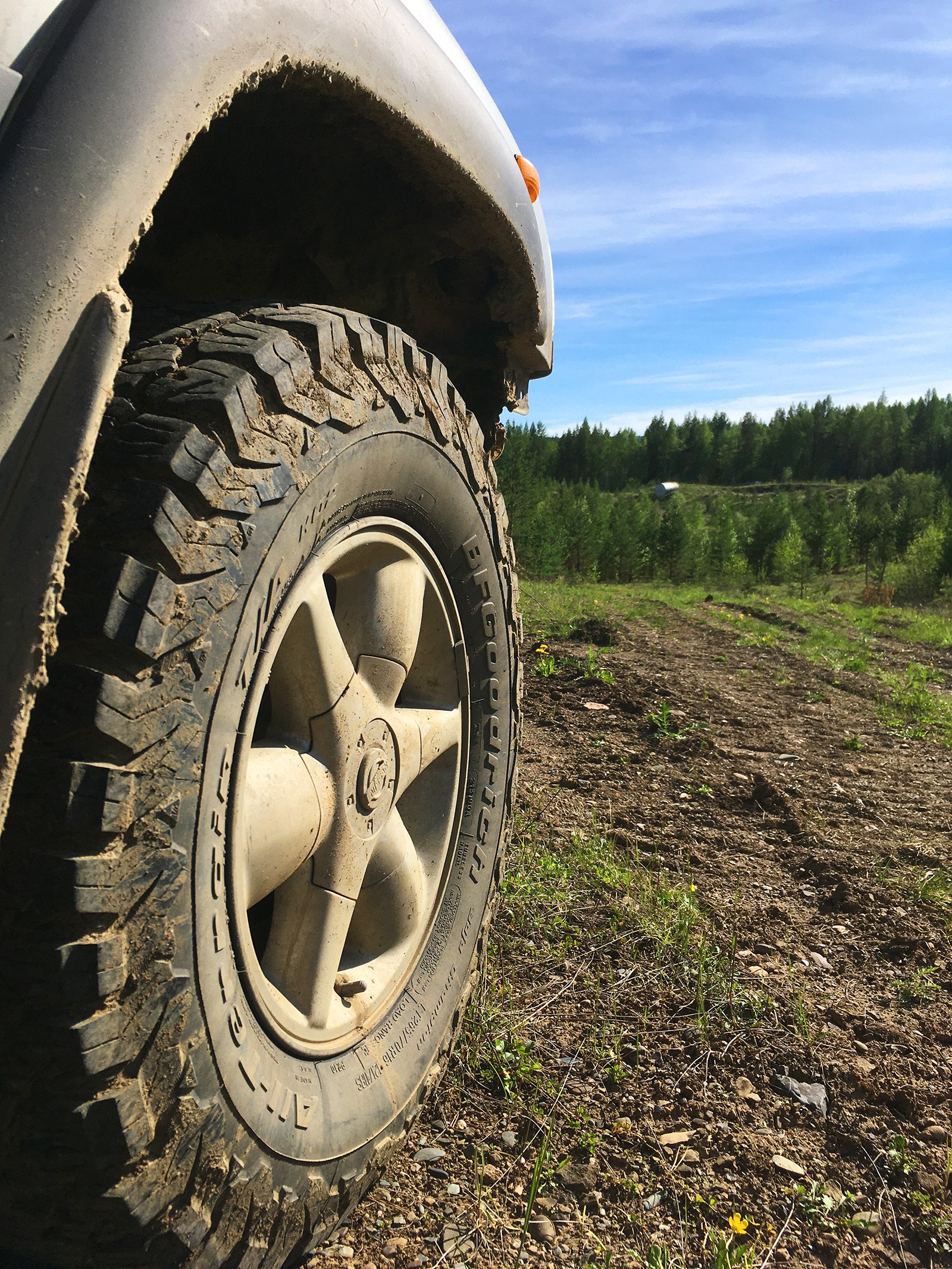
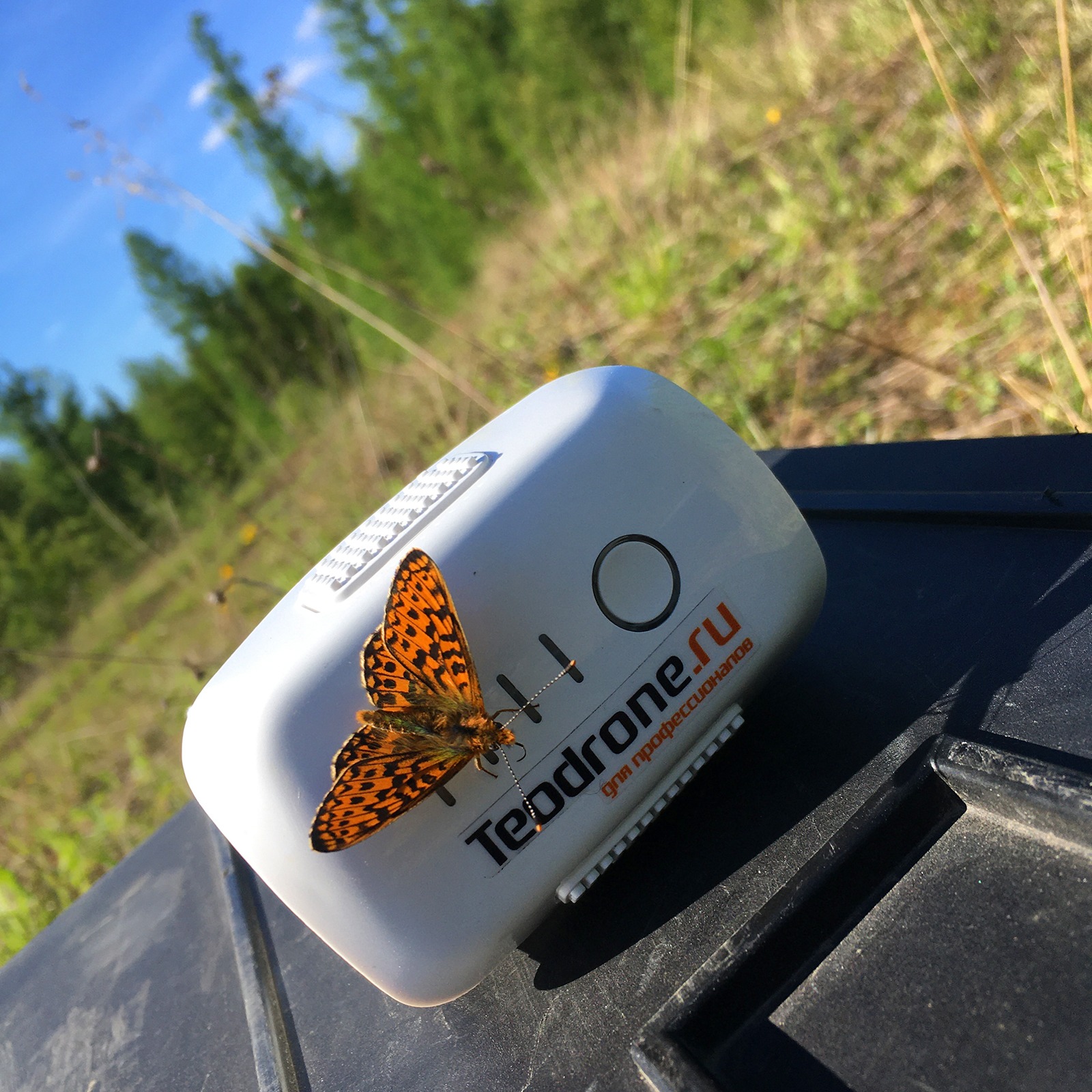
All successful flights and soft landings.
